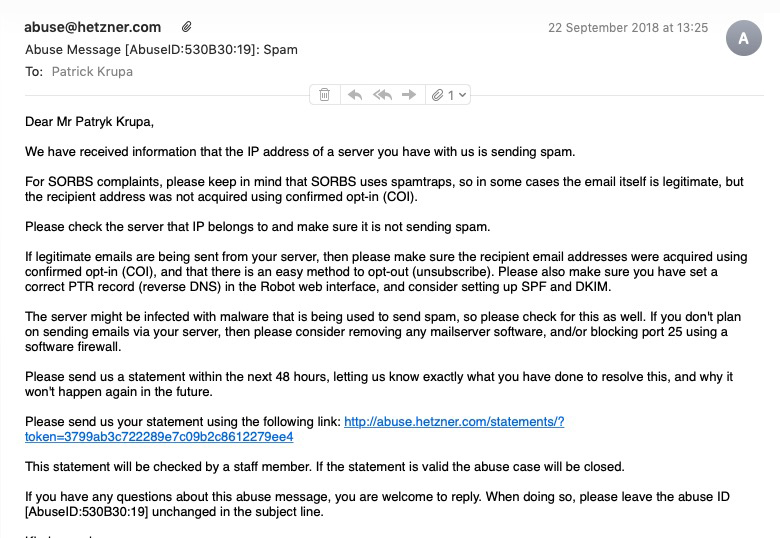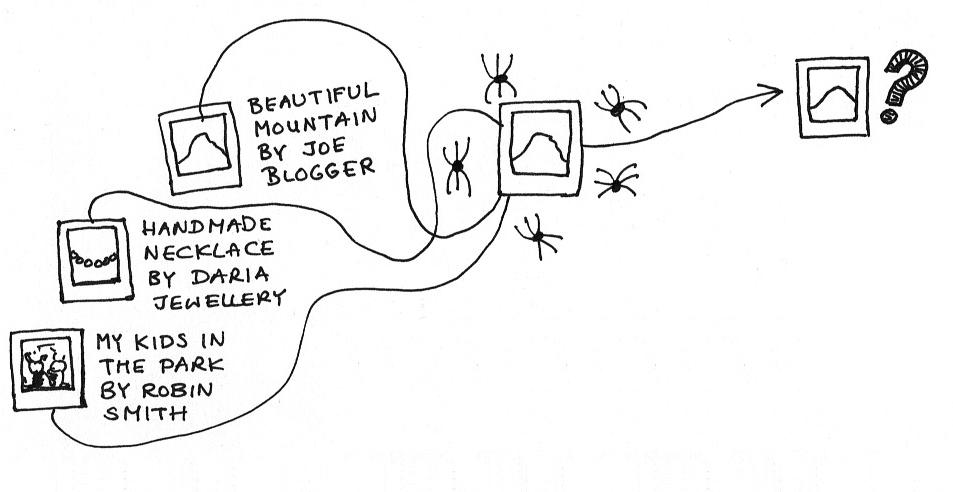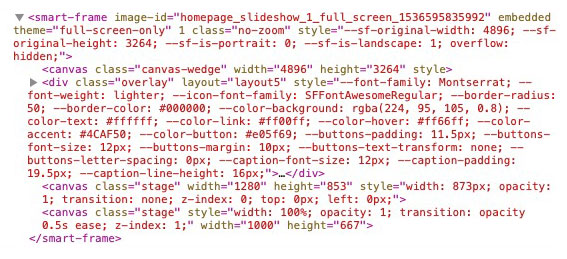We upload 1.8 billion photos to the Internet every day. It is easy to assume that images will simply serve their original purpose, whether it be selling a product, showcasing creative work or sharing holiday pictures with family members. But what really does happen to these photos? Here we reveal ten real-life horror stories and explain how to avoid them.
A single image can go viral in hours and end up on thousands of websites and social networks, often in the wrong context and with no trace of where it originally came from. Once an image has been uploaded, there is no delete button. There is very little chance that every image can be removed. This makes it of vital importance to take precautions before a precious photo becomes the next Internet meme.
1. You won’t know you’ve been hacked
These days, many of us have a WordPress blog. Those who don’t regularly update a WordPress blog run the risk of being hacked. Many people are often unaware that someone else has obtained administrative access to their blog. A London-based company I worked for had its website hacked. After the attack, the scammers sent millions of spam e-mails from the website over the course of the year. Once hackers obtain access to a website, all content can be downloaded, including hidden unpublished photos. What happens to these stolen images is anybody’s guess. There have been cases of digital kidnapping, where hackers threaten to upload family photos to extremely inappropriate websites.
Our solution: Use a secure cloud hosting service such as SmartFrame, which provides a state-of-the-art online vault, monitored 24 hours a day, seven days a week.

2. Social networks legally hijack your content
Everyone knows that Facebook takes ownership of all images uploaded to the world’s biggest social network. Rival websites may also obtain metadata that allows users to easily download images. After photos are uploaded, you may have just given them unlimited license to use them the way that they want. Facebook is just one example. Giphy stores users’ images forever. Those that fail to register an uploaded image may never be able to find the picture or delete it. But you still want to share photos with friends. So what can you do?
Our solution: Host an image outside of the Facebook platform and only share a small but correctly formatted thumbnail, which includes a brief description and link to your secure-hosted photo. The SmartFrame platform does this automatically and lets you customise Facebook, Twitter and LinkedIn thumbnails.

3. Google Image Search is really good and really bad for photos at the same time
The moment an image is published, all types of web crawlers will start indexing the picture. About half of the traffic on our website emanates from automated bots. These programs usually scan the source code of a webpage. Most download a photo in full resolution to create a thumbnail. In some cases a high resolution copy will be stored to enable quicker uploads. This is not ideal considering that permission has not been granted. Such incidents raise bigger issues of ownership rights and data privacy that we address in the services that we offer.
The power of Google Images is another risk. Seen as a free image resource, most internet users search for photos on Google Images without any intention of purchasing a publishing license, requesting permission to use the picture or even checking on the copyright status. If your photo is published in high enough resolution, the picture is always just one click away in Google. But what if you don’t want to be hidden from Google Images?
Our solution: Bots can only read common formats such as JPG or PNG so we publish a small thumbnail with a link. A user that clicks on the link will be directed to a secure page hosting the full-size photograph. Make sure that the thumbnail contains the relevant metadata, including author and copyright information. The SmartFrame platform provides all of the above measures by default.

4. No-copyright zone is still out there
I grew up in Poland during the late eighties. My dad’s job was to copy album covers and T-shirts before re-printing them without any permission. I can still hand draw the Metallica or Iron Maiden logo from memory, a testament to how many times I copied these logos. We supplied these bootleg goods to shops in the city center. We made a lot of money. And the best part of it was that everything we did was completely legal. Imagine the Internet existed back then. We would have printed and sold absolutely anything that we were able to download.
We estimate that about 70 percent of the population lives in countries where there is either no copyright law or it is not properly enforced. Random images from the Internet are not just downloaded, they are used for anything from billboards to packaging, without any regard to permission rights or intellectual property laws. Even in the US or Europe, it is not easy to deal with copyright breaches and taking legal action is often a costly and lengthy process.
Our solution: Prevent access from outside of the copyright zone. For example, the SmartFrame platform allows users to blacklist domains, monitor where SmartFrames are being shared and block certain geographical regions.

Photo by Lisa Cyr /Flick
5. Website cloning
I won’t mention the brand that makes handbags that cost more than £1,000. You can imagine the amount of work that goes into every photoshoot. You can also imagine how many fake copies are made and sold globally. While these counterfeit goods are pale imitations, there is no easier way to sell them than just publishing a photo of the original product. Downloading single images from the original manufacturer’s website would be far too time consuming. A scammer based in China simply downloaded the entire website and republished it under a new URL, that of course added the crook’s shopping basket.
Our solution: Don’t include images in the source code. It is not easy to do and to the best of my knowledge, SmartFrame is the only currently available solution that makes images completely to any automated website cloning scripts.

Interested in learning more about how SmartFrame can guard precious photos? Register now or send an e-mail to find out how SmartFrame can manage your digital content.
